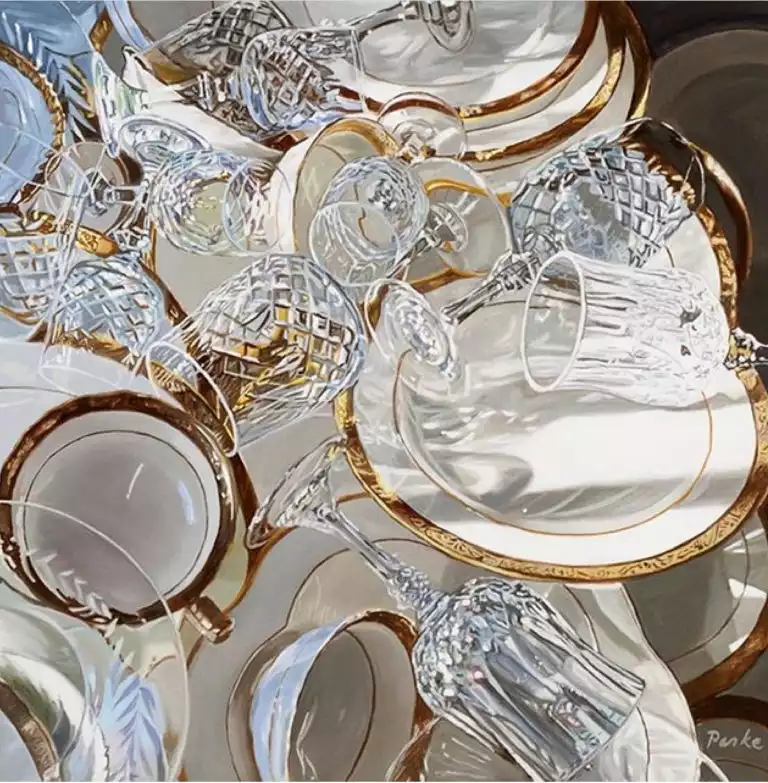
Stories of families account for much of my summer reading so far, having recently waded into three wonderful novels and one quirky memoir that are powerful family portraits: Moonglow by Michael Chabon, All Grown Up by Jami Attenberg, What We Lose by Zinni Clemmons, and The Mighty Franks by Michael Frank.
I didn’t purposely seek out a suite of family portraits to read, but I found a great mix in my selections. In each book, the narrator struggles to sort out family truths and build an accurate picture of the influences and actions of parents and extended family. Casting aside the naive childhood views they wish to move beyond isn’t easy and is often confusing and painful. Plots unravel and reknit through strange and unconventional revelations to the reader, as each author has chosen a unique and personal narrative style. Questions lead to confusion and chaos lurks, always, below the surface.
These precious, skewed, confessional, and ultimately hopeful narratives remind me of a series of paintings I love, where glints of light from fine china and crystal stemware draw the eye in all directions. The artist of the series, Leslie Parke, recently wrote about her inspirations and technique on Instagram: “From the kitchen I bring out every crystal wine glass I can find. They don’t match, but it doesn’t matter. Some have faceted glasses, others have balloon like bowls with faceted stems. I pile these, too, on top of the plates and then on top of each other. Now I have all the elements I want for a painting. Light reflects off the surface of the plates, but the light also passes through the translucent porcelain. And on top of the plates the transparent glasses both divide and reflect the light. Out of these beautiful and orderly heirlooms, I have managed to create complete chaos, but chaos organized by light.”
She goes on to write, “When I finally showed these paintings, my cousin came to the opening exhibition and said, ‘Ah, a family portrait.’ I said, ‘Like every good WASP family, we look well put together on the outside, but just below the surface complete chaos; alcoholism and mental illness.’ ‘Yeah, like I said, a family portrait.’”
My summer reading selections perfectly paint portraits that invoke Parke’s vision of chaos amidst the perceived calm: families collecting real and imagined trash and treasure, spilling memories, fears and hopes, and children rolling and reeling to find their place in the world, given familial adult influences and expectations. These powerful stories ultimately embrace the ambiguity that is family. I’d recommend you add them to your “For Later” shelf.
Thanks to Leslie Parke for sharing her paintings with Princeton in this post.
